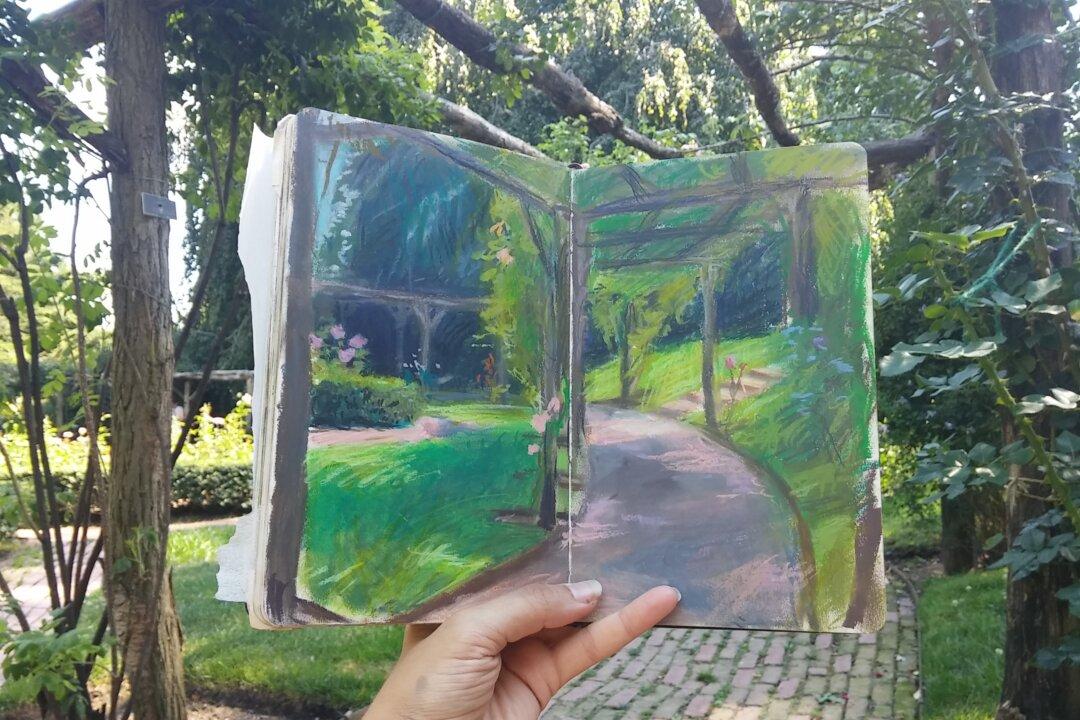NEW YORK—A gentleman in every sense of the word, Geoffrey Bradfield sported an immaculate white suit, striped shirt, and bow tie. His distinguished winged haircut hinted at the fact that here is a designer with a refined, yet playful signature.
“Well I’ve never been short of ideas and I don’t like a formula,” he said articulating his thoughts—gently intoned speech, with a posh accent.
He has a talent for creating daring juxtapositions with the objects he combines, in a perfectly balanced way that exudes elegance and a subtle glamour. If interior design sets the scene to reflect a person’s lifestyle, Bradfield just knows how to collaborate very well with his clients to highlight, and in some cases help form their identities.
“I believe that we as designers are only as good as our clients allow us to be,” he wrote in his book, “Artistic License,” an English-Chinese bilingual interior design book of high caliber.





